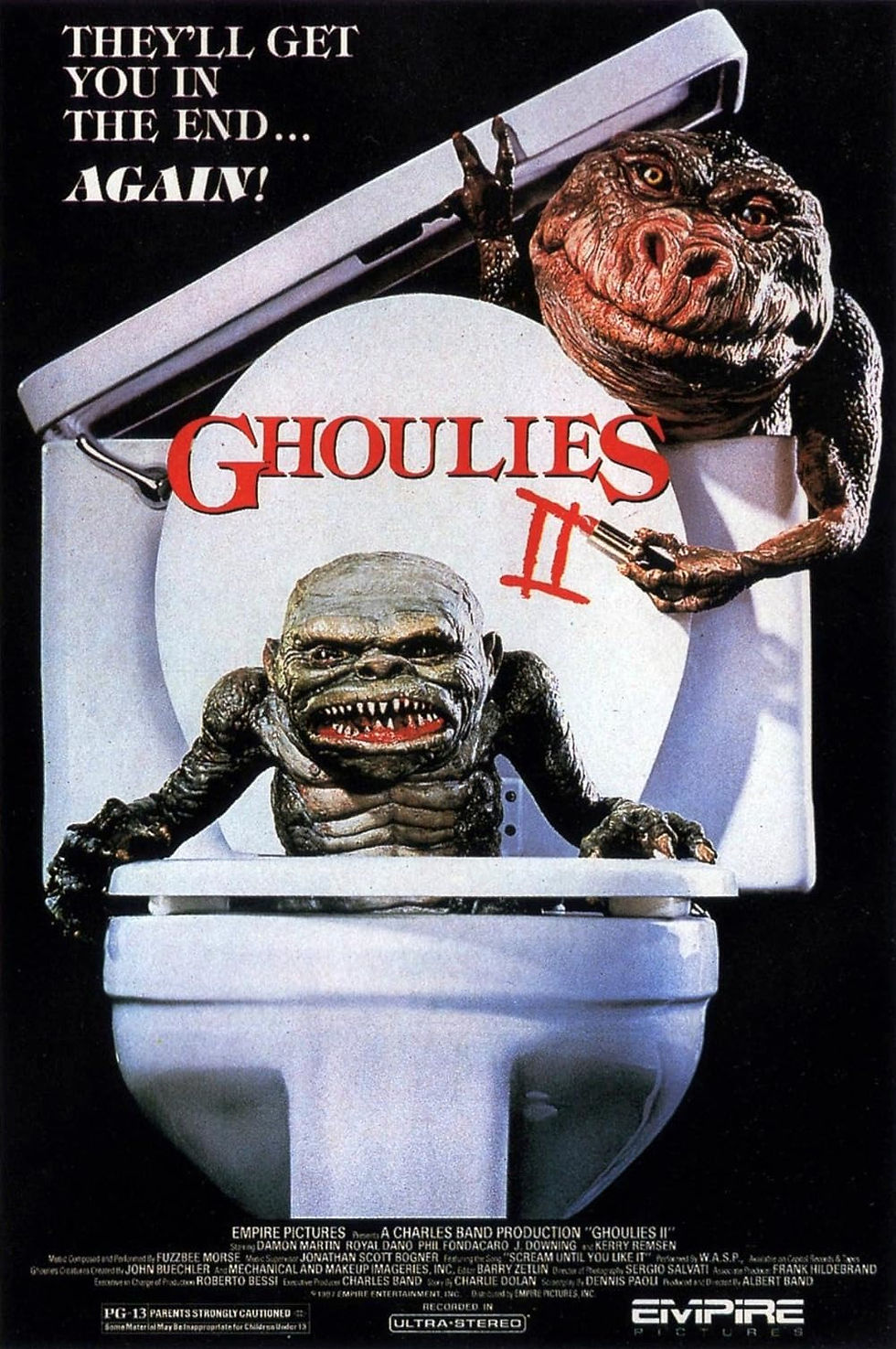The Exorcist 1973 Movie Poster
- Allan Major

- Mar 18, 2024
- 2 min read

The poster for William Friedkin's "The Exorcist" (1973) is an embodiment of understated horror, encapsulating the movie's chilling essence without revealing the full scope of its terror. Its design is both enigmatic and iconic, contributing to the film's status as one of the most influential horror movies of all time.
Dominating the poster is an image steeped in ominous ambiguity: the silhouette of Father Merrin, illuminated by a streetlamp, standing outside the MacNeil residence where the film's harrowing events unfold. This scene sets a somber, anticipatory tone, suggesting an impending confrontation with an unseen malevolent force within the house.
The stark contrast of light and shadow casts a mood of isolation and encroaching darkness, hinting at the film's exploration of good versus evil, faith versus doubt. The lone figure of the priest, cast against the backdrop of the home, is symbolic of the film's central battle—a solitary fight against an overwhelming darkness.
Beneath this scene, the poster bears the title "The Exorcist" in a font that is both elegant and unsettling. The choice of purple for the title panel is unexpected, deviating from traditional horror color schemes, and effectively conveying the film's blend of the regal with the macabre.
The tagline, "Something almost beyond comprehension is happening to a girl on this street, in this house," introduces the narrative in a way that is both descriptive and secretive, compelling the viewer to seek answers within the film itself.
Featuring a cast of esteemed actors such as Ellen Burstyn and Max von Sydow, the poster also highlights the film's basis on the novel by William Peter Blatty, suggesting a story of substance and depth, adapted for the screen with careful attention to its source material.
In conclusion, the poster for "The Exorcist" effectively conveys an atmosphere of foreboding and suspense. It captures the viewer's imagination, much like the film itself, with its depiction of the threshold between the mundane world and the realm of unspeakable horror that lies just beyond. It remains a powerful piece of cinematic art that continues to haunt and intrigue audiences decades after its release.







